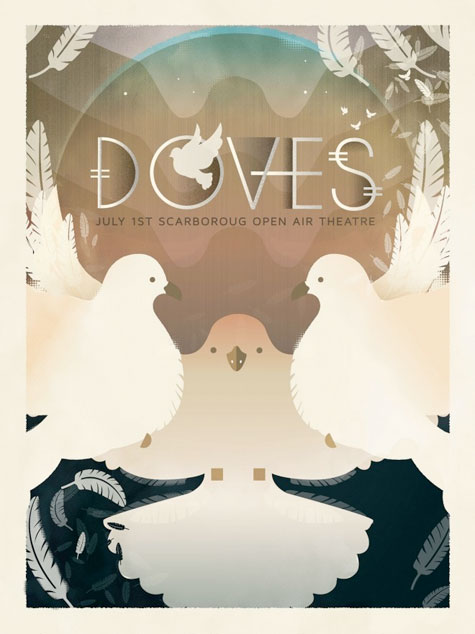
While the idea has that slightly-tacky feel you get from content-mill sites like eHow, the expertise of the teachers – each has some professional experience related to the class they teach – makes this a viable option for those who have neither the money nor the time to attend more traditional design classes. The structure, as laid out by a recent Wired.com piece, is pretty simple:
“The teacher provides the assignment and some reference materials; students start working on their projects and get feedback from the teacher and their classmates on the project website or through virtual ‘office hours’ handled with video chat, and a final review.”

Certainly those who don’t attend a good design school are missing out on fundamentals that would be extremely helpful later on. But sinking $50,000 into a degree program in the current economic climate is not an option for most people these days, and more careers are being launched by aspiring designers themselves than by following the traditional school-job career path.














